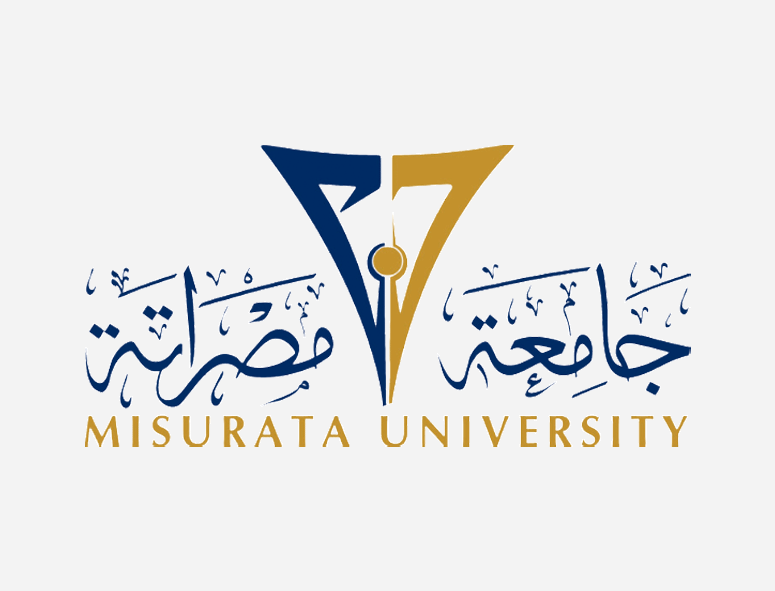Procedure of Combustion Chamber Airflow Rate Distribution
DOI:
https://doi.org/10.36602/ijeit.v4i2.326Keywords:
gas turbine, airflow rate, annular type combustor, combustor design procedureAbstract
Combustion systems are the least amenable of all gas turbine components to analyze. Among the literature overview made, it was realized that even though significant steps have been made in improving the combustor design procedure via the use of computational fluid dynamics, much of the design process still relies upon empirically derived rules. These rules include the calculation procedure of the required airflow rate by each zone of the combustion chamber to attain a suitable gas temperature, high values of combustion efficiency, low concentrations of pollutant species together with the determination of liner geometry that matches the chamber required performance goals with the constraints imposed by the engine dimensions [1,2,3, and 4]. The main target of this research work is to identify the proper procedure to distribute a predetermined airflow rate in annular type combustor and to generalize an effective calculation method that formulate and solve the problems in as much simplified and accurate manner as possible. The combustor dimensions and airflow rates in each zone is found in reference [5] and shown in Figure 1. It is designed with central vaporizing unit to deliver 516.3 KW of power with a geometrical constraint of 142 mm & 140 mm overall length and casing diameter, respectively, while the airflow rate is 0.8 kg/sec and the fuel flow rate is 0.012 kg/sec [5, 6].
Downloads
References
A. K. Gupta and D. G. Lilley,”Combustion and environmental
Challenges for Gas Turbines in the 1990s”. Journal of Propulsion
and Power, Volume 10, No.2, March-April 1994, pp.137-154.
Arthur H. Lefebvre “Gas Turbine Combustion”. Hemisphere
Publishing, USA 1983.
Jack D. Mattingly, William H. Heiser & Daniel H. Daley, AIAA
Educations series, 1987.
Gordon, C.Oates, ”Aircraft Propulsion Systems Technology and
Design”.AIAA education series1988.
S.B. Mohamed, M.H. Elhsnawi &, M.Salem “Sizing of an Annular
Combustor for a Small Gas Turbine Engine”. Azzaytuna
University Journal, Seventh Issue, Second year, summer. 2013.
Nikola Davidović, “Mathematical Model of Turbojet Engine
Combustion Chamber Primary Zone”, Received: March 2007,
Accepted: May 2007.
Edward J. Mularz, “New Trends in Combustion Research for Gas
Turbine Engines”. Sixth International Symposium on Air
Breathing Engine, June 6-10, 1983, Paris, France, pp. 37-44.
J.Odgers, D. Kretschmer, F. Rheaume, G. Pearce, & N. Repacholi,
“The Performance of a Small Combustor Operated over a Wide
Range of Conditions”. Ninth International Symposium on Air
Breathing Engine, Volume 1, September 3-8 1989, Athens,
Greece, pp. 465-470.
S.J. Stevens & J.F. Carrotte,” Experimental Studies of Combustor
Dilution Zone Aerodynamics part 1: Mean Flow Fields, Journal of
Propulsion and power, Volume 6, No.3, May-June 1990, pp. 297-
S. K. Show, M. Senda &&J. H. Whitelaw,”Combustion
Characteristics of a Liquid- Fueled Model Annular Combustor”.
Ninth International Symposium on Air Breathing Engine
(ISABE), Volume 1, September 3-8 -1989, Athens, Greece, pp.
-448.
Downloads
Published
Issue
Section
License
Copyright (c) 2018 The International Journal of Engineering & Information Technology (IJEIT)

This work is licensed under a Creative Commons Attribution-NonCommercial-NoDerivatives 4.0 International License.













